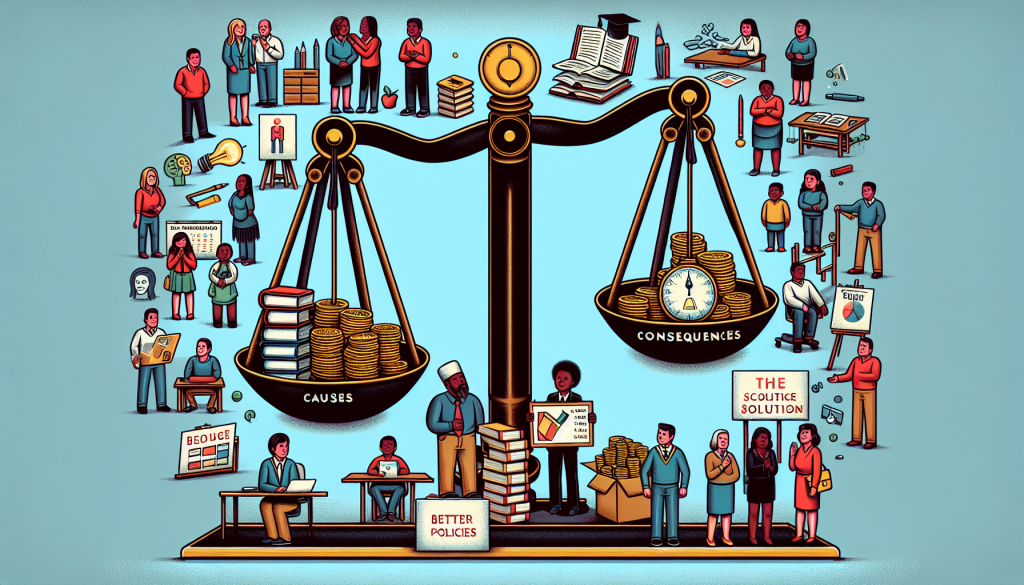
The Teacher Shortage Crisis: Causes, Consequences, and Solutions
The education system plays a crucial role in shaping our society and future generations. At the heart of this system are teachers, who tirelessly work to educate and mold young minds. However, the United States is facing a pressing issue that threatens the quality of education – a teacher shortage crisis.
The teacher shortage crisis is a nationwide problem that has been escalating over the past few years. According to the Learning Policy Institute, in 2017–18, there were approximately 100,000 fewer certified teachers than needed in the US. This alarming shortage is affecting both rural and urban areas, leaving schools struggling to fill vacant positions and compromising the education of millions of students.
The Causes of Teacher Shortage
Several factors have contributed to the teacher shortage crisis. One of the primary causes is the declining enrollment in teacher preparation programs. According to the National Center for Education Statistics, enrollment in teacher education programs dropped by 35% between 2009 and 2014. The declining enrollment can be attributed to low salaries, inadequate support and resources, and the negative portrayal of the teaching profession in the media.
Another significant factor is the high attrition rate of teachers due to the challenging working conditions. Lack of support, high-stakes testing, and heavy workloads have all contributed to the increasing number of teachers leaving the profession. A survey by the National Education Association found that nearly half of new teachers leave within the first five years of teaching, and many cite poor working conditions as the reason for their departure.
The Consequences of Teacher Shortage
The lack of qualified teachers has dire consequences on the education system and students. One of the most significant impacts is the increased class sizes. With fewer teachers to go around, schools are forced to have larger classes, resulting in less one-on-one attention and support for students. This can severely affect students’ academic performance and lead to a lack of motivation and interest in learning.
Moreover, the teacher shortage crisis disproportionately affects low-income and minority students. These students often attend schools with high turnover rates and less experienced teachers, further widening the achievement gap. This exacerbates the inequities in our education system and negatively impacts the future opportunities of these students.
Solutions to the Crisis
To address the teacher shortage crisis, various long-term and short-term solutions have been proposed. Firstly, there needs to be an increase in teacher salaries and benefits to attract and retain qualified educators. Investing in competitive salaries will not only improve teacher retention but will also attract more individuals into the teaching profession.
Secondly, providing more support and resources to teachers can help alleviate the high workload and stress levels that often lead to burnout. This includes mentorship programs, professional development opportunities, and classroom support from paraprofessionals.
Lastly, increasing the diversity of the teaching workforce can also help address the teacher shortage. Currently, racial and ethnic minorities make up only 20% of teachers, while students of color make up more than 50% of the student population. Encouraging and supporting individuals from diverse backgrounds to pursue teaching careers can not only help fill the shortage but also provide students with diverse role models.
Conclusion
The teacher shortage crisis is a multifaceted issue that requires immediate action. Without addressing the root causes, this crisis will continue to have a detrimental effect on our education system and students’ futures. It is essential to invest in and support our teachers, as they are the backbone of our education system and the key to a bright and educated future for all.
